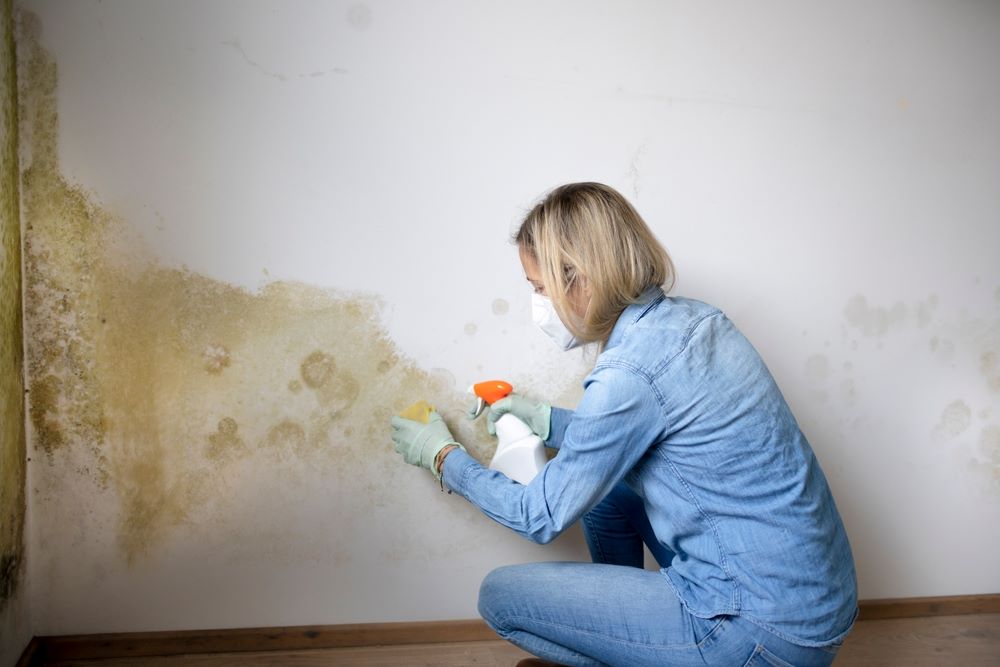Phase one of the legislation comes into force today (27th October 2025), with experts calling it a ‘positive’ step forward.
Introduced in July 2023 as part of the Social Housing (Regulation) Act, Awaab’s Law compels social landlords to tackle damp and mould problems within strict timeframes. The law is named after two-year-old Awaab Ishak, who died in 2020 after living in a damp and mould-infested flat in Rochdale.
Today, Monday 27th October, the first phase of the legislation is being implemented across England. Landlords are now legally required to resolve all emergency hazards – including issues with damp and mould – within 24 hours of tenants reporting them.
In similar vein, landlords must also investigate serious damp and mould problems within 10 working days of being notified and ensure the property is safe to occupy within five working days.
For both kinds of hazards, landlord must also provide tenants with a written report of their findings within three working days of conducting an inspection.
‘Everyone has the right to live in a safe, decent, warm and affordable home, and health hazards should be investigated and fixed in a timely manner,’ Cllr Tom Hunt, chair of the Local Government Association’s (LGA) Inclusive Growth Committee, said. ‘It’s positive that the introduction of Awaab’s Law will be phased in and that the initial focus will be on damp and mould, as the LGA has called for.’
Despite the optimistic tone, Cllr Hunt explains ‘councils need sufficient funding to mitigate the existing pressures on housing stock so that they can put these new measures in place swiftly.’
‘The government’s commitment to a 10-year rent settlement is a positive move towards a more sustainable funding model for social housing,’ Cllr Hunt continued. ‘We also urge swift progress on the introduction of rent convergence, which will go some way to addressing the growing deficits in councils’ housing revenue accounts.’
On a related note, Mairi MacRae, director of campaigns and policy at Shelter, added that the government should now prioritise ‘swiftly’ implementing all phases of Awaab’s Law.
‘Awaab Ishak’s legacy must be a new era where no family has to endure appalling conditions in their home that put their lives at risk,’ MacRae said. ‘Five years on from Awaab’s tragic death, we’re pleased these vital protections are starting to come into force.
‘For too long, families have out up with homes riddled with serious hazards like damp and mould, while their complaints go unanswered. These regulations set out clear legal timeframes for social landlords to investigate issues when tenants sound the alarm. They will also make it easier for tenants to take legal action if they don’t get a response.’
Against the backdrop of Awaab’s Law beginning to be rolled out today, Shelter have published a breakdown of what it means for social landlords and tenants across the country. You can access it in full here.
Image via Shutterstock
In related news:
Report calls for children to be made central to urban design



















Leave a Reply